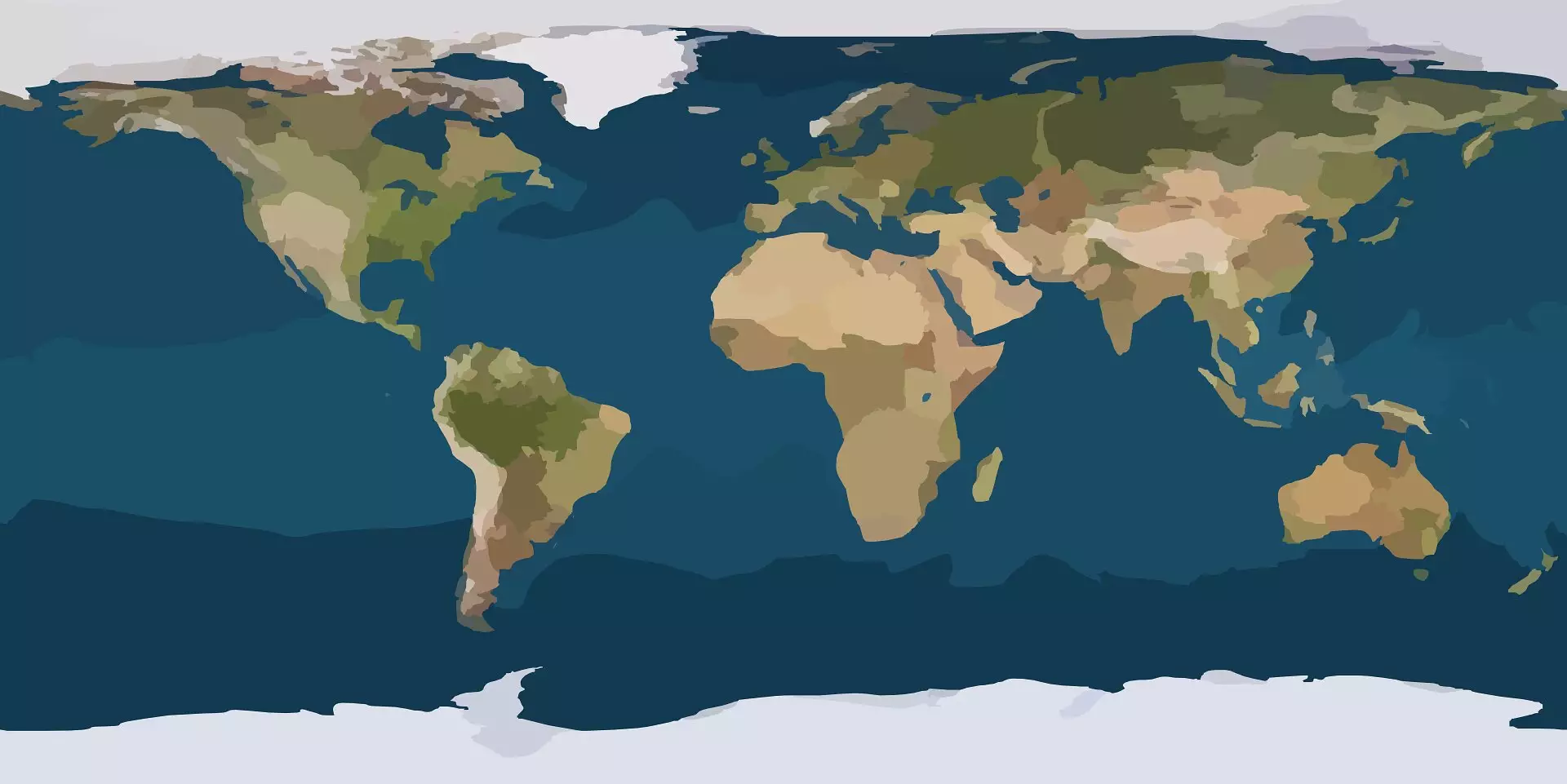Recent research has uncovered a new and intriguing climate phenomenon originating from a small area in the southwestern Pacific Ocean, specifically near New Zealand and Australia. This newly identified climate pattern, termed the “Southern Hemisphere Circumpolar Wavenumber-4 Pattern,” holds the potential to influence temperature fluctuations across the entire Southern Hemisphere. This finding offers a fascinating glimpse into the complexity of climate dynamics and challenges our understanding of established weather phenomena, notably the well-known El Niño.
The remarkable aspect of this new climate pattern lies in its geographical origins. While El Niño is triggered in tropical regions, the Southern Hemisphere Circumpolar Wavenumber-4 Pattern begins its influence in the mid-latitudes. Such a discovery raises questions about the interconnectedness of various climate systems and how localized changes can have staggering implications for weather across vast distances. Balaji Senapati, the lead investigator at the University of Reading, aptly describes this groundbreaking revelation as discovering a “new switch” in Earth’s climate dynamics. This metaphor highlights the significant role this small area plays in global weather patterns, essentially suggesting that even minor shifts in ocean conditions can yield dramatic climatic repercussions.
The Ripple Effect of Ocean-Atmosphere Interactions
At the heart of this new climatic switch is the interaction between oceanic and atmospheric components. Researchers employed advanced climate models that simulate 300 years of weather conditions, providing a holistic view of these intricate systems. They observed a consistent pattern of sea surface temperature variations that circulate the Southern Hemisphere, revealing a wave-like behavior transmitted through powerful westerly winds. This wave acts like a domino effect, where a change in one area leads to subsequent alterations in others, creating alternating zones of warm and cool waters.
The magnificence of this pattern lies in its capability to influence atmospheric conditions, effectively transforming wind behaviors and heat distribution between the ocean and air. These mechanics contribute to varying depths of warmer upper ocean layers, either amplifying or dampening temperature changes. This cascading effect may elucidate previously unexplained climatic shifts and could vastly enhance our capacity for accurate weather forecasting and climate predictions.
Significance Beyond Established Climate Patterns
What makes the Southern Hemisphere Circumpolar Wavenumber-4 Pattern particularly noteworthy is its independence from recognized tropical phenomena such as El Niño and its counterpart, La Niña. Unlike these established patterns that often dominate climate discussions, this new pattern provides an additional layer of complexity that has seemingly existed within Earth’s climate for some time, albeit largely overlooked until now. This finding may suggest that traditional climate models could be incomplete, necessitating a reevaluation of how we perceive and forecast climate events.
The potential applications of understanding this new weather system are profound. Accurate predictions regarding extreme weather events—a crucial aspect of climate science—could see significant advancements. For instance, farmers could better plan for droughts or heavy rains, and disaster preparedness strategies could be enhanced, benefiting both communities and economies.
Implications for Future Research and Climate Understanding
This discovery amplifies the urgency and necessity for additional research into the Southern Hemisphere Circumpolar Wavenumber-4 Pattern. As climate change intensifies, understanding the nuances of these lesser-known patterns becomes imperative. Researchers now face the challenge of integrating these findings into existing climate models, potentially reshaping how scientists approach weather projection across the Southern Hemisphere.
Moreover, this research underscores the remarkable adaptability of Earth’s climate. The fact that new patterns can emerge, influencing global weather dynamics, serves as a critical reminder of the intricate and often unpredictable nature of our planet’s climate systems. Scientists must remain vigilant, as climate research continues to unearth new information that could alter prior understandings, emphasizing the ever-evolving narrative of global climate change.
In a world increasingly shaped by human activity, recognizing the significance of local ocean changes represents a paradigm shift in our understanding and response to climate challenges. The Southern Hemisphere Circumpolar Wavenumber-4 Pattern, while emerging from a small oceanic region, could very well be the key to better navigating the complexities of our planet’s climate future.

